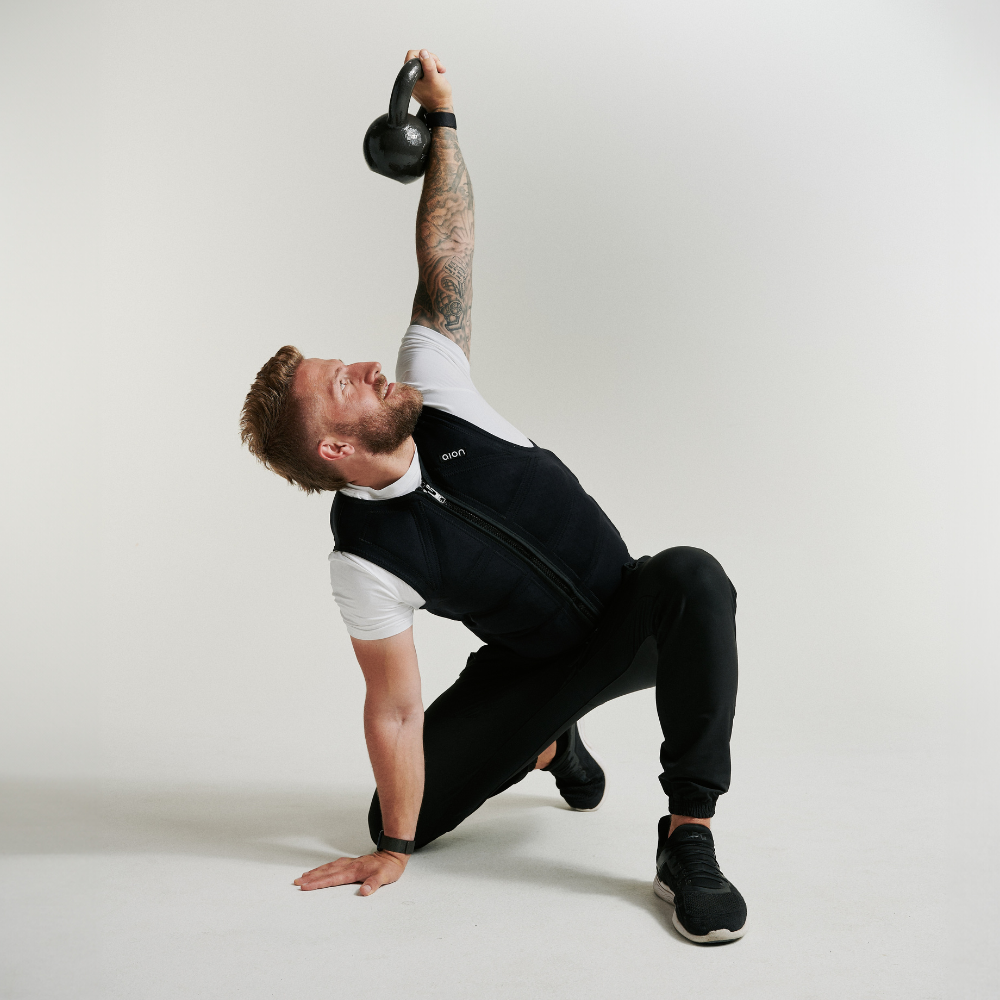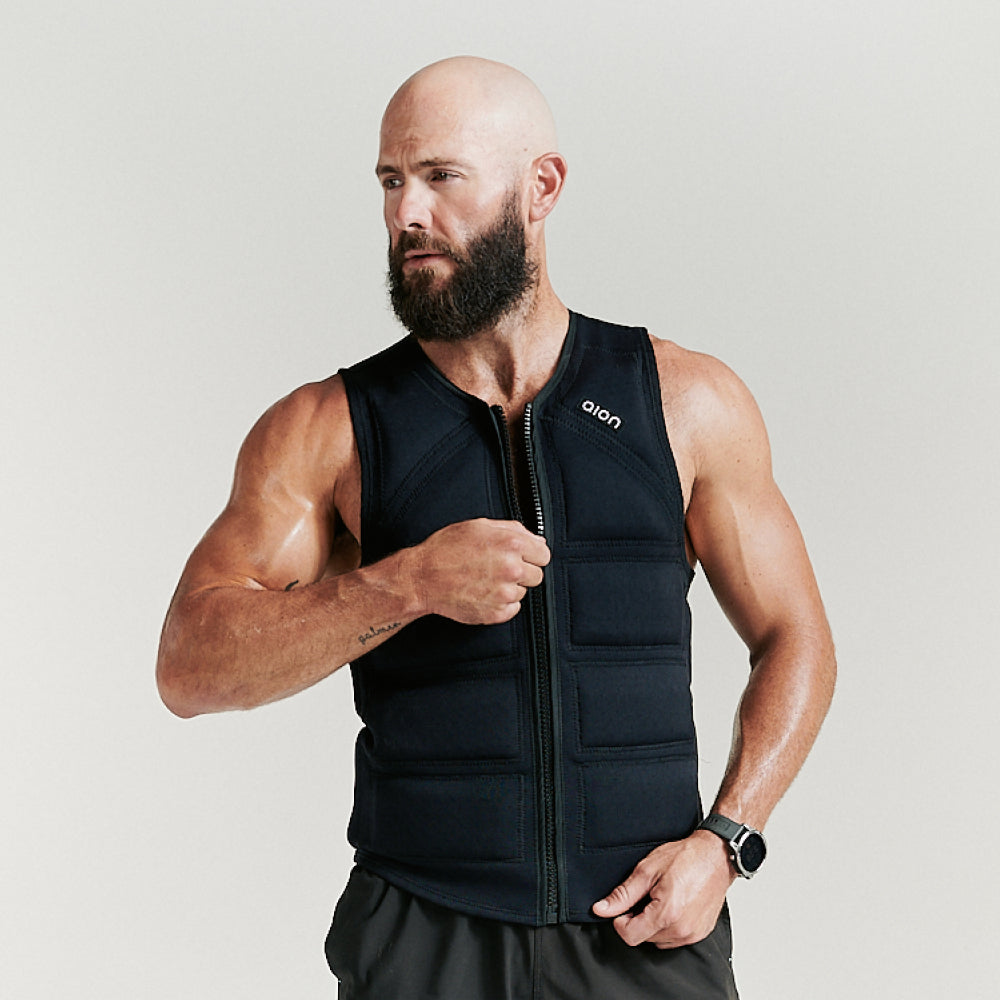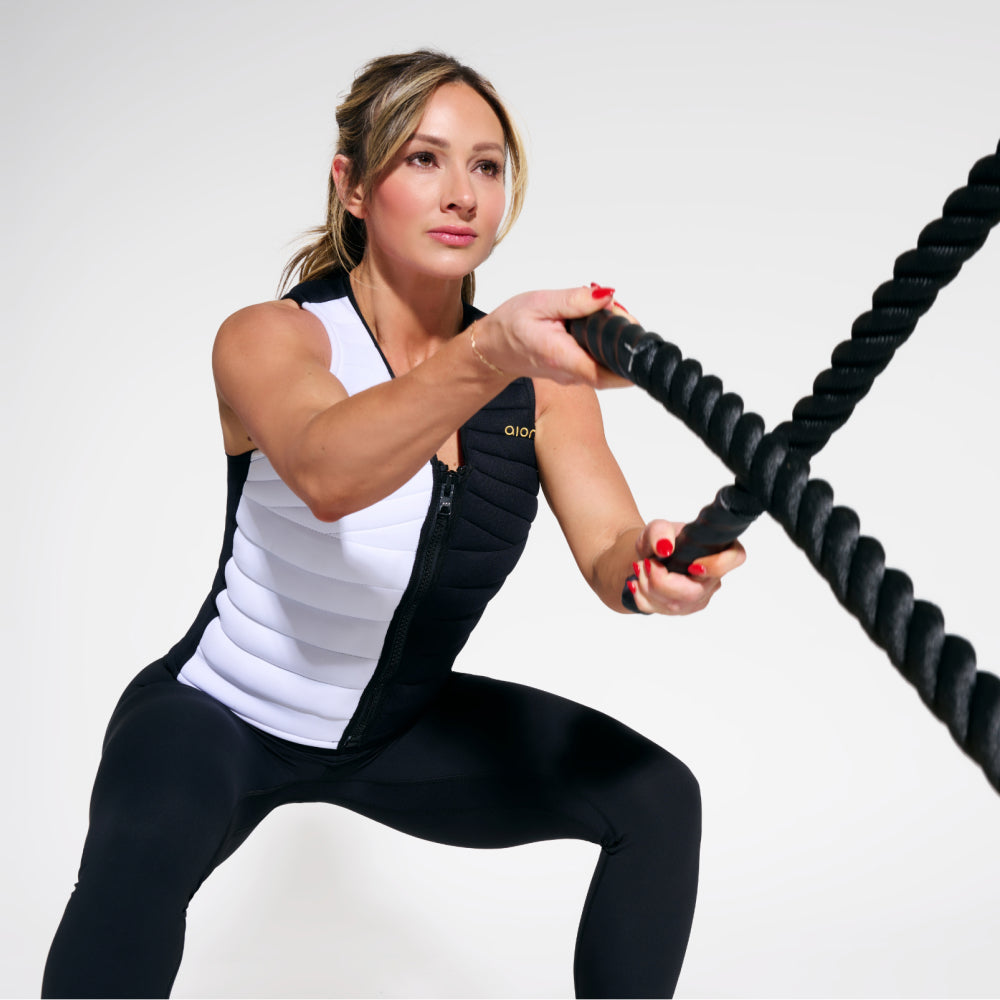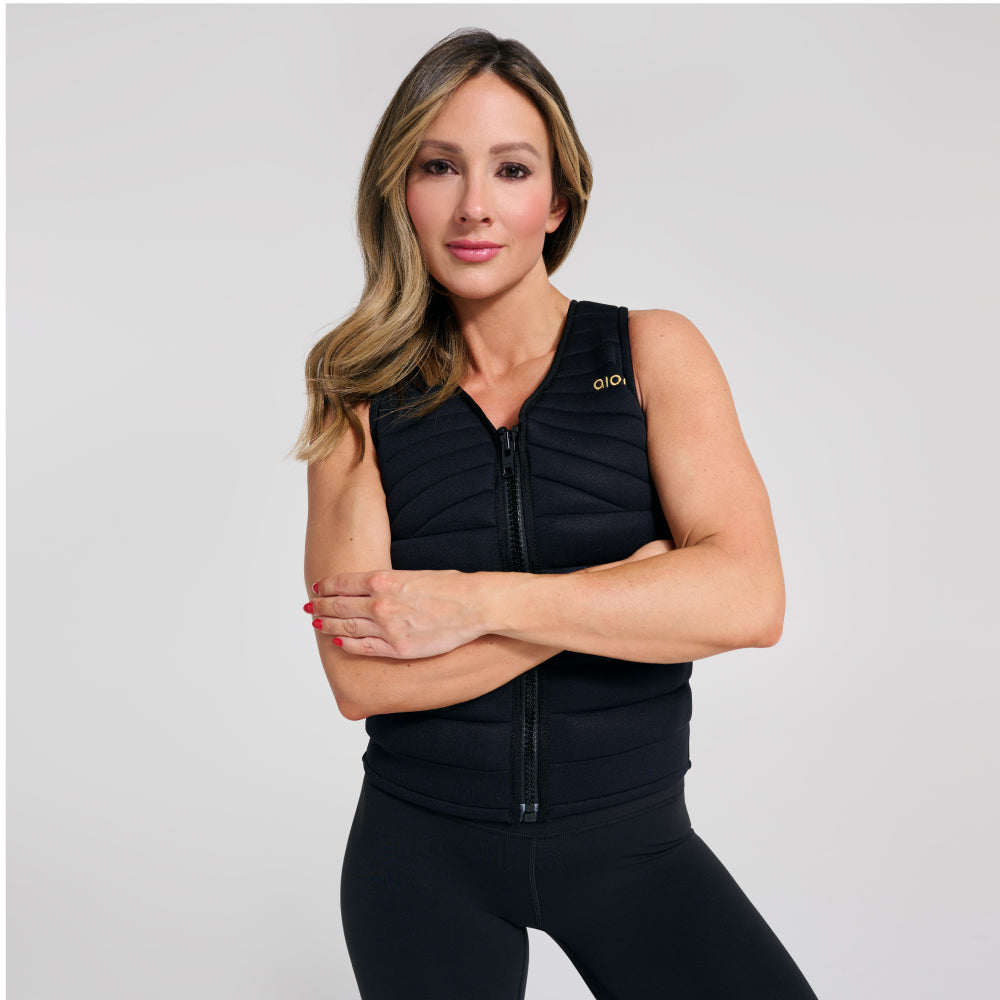Originally a common practice in military training, rucking has become one of the most popular fitness trends today. If done properly, rucking is a simple yet powerful way to build strength, endurance, and resilience. Whether you’re looking to enhance your cardio fitness, strengthen key muscle groups, or simply add variety to your workouts, rucking provides an excellent solution.
In this post, we’ll break down what rucking is, explore its benefits and potential drawbacks, and share essential tips for beginners. Plus, we’ll introduce the key component for optimizing your rucking experience.
What is Rucking?
Rucking, also called ruck marching, is essentially walking with weight. This practice originated in the military where soldiers would carry heavy loads on their rucksacks or backpacks over long distances. Rucking helps a soldier’s body adapt to the demanding conditions while on a mission.
As an exercise tool, rucking is a simple yet effective full-body workout that combines cardio, strength training, and functional movement:
- Cardio - You can get your heart rate up without the impact and strain of running or jogging. The added weight you carry adds the extra resistance that forces your heart and lungs to work harder. This increases calorie burn and aerobic capacity or VO2 max, a key indicator of cardiovascular endurance.
- Strength Training - Carrying weight while walking makes your muscles, especially your legs, glutes, core, and back, work harder. These key muscle groups effectively build strength over time, helping your body deal with real-world physical demands much easier.
- Functional Movement - As you engage key muscle groups all at once, you enhance stability, balance, and coordination—all this leading to improved functional or everyday movements. With better functional movement also comes better posture, mobility, and injury prevention.
Pros and Cons of Rucking
If you're considering rucking as part of your fitness routine, here’s a breakdown of its benefits and drawbacks:
Pros
- A full-body workout for strength and endurance that increases strength for prolonged physical activity.
- Low-to-moderate intensity exercise, improving VO2 max while reducing knee joint stress.
- Burns up to 3 times more calories than walking without weight.
- If done mindfully, it can promote better posture and core stability.
- Enhances mental health, especially when done outdoors.
Cons
- If weight is excessive or weight distribution is uneven, it can cause poor posture and strain on joints.
- Prone to overloading too quickly or rucking excessively, leading to overuse injuries.
- Requires more effort than walking, making it more difficult to do for beginners.
- Rucking with a traditional backpack or rucksack is uncomfortable and easily causes fatigue of the neck and shoulders.
- Primarily an outdoor exercise, it can be challenging during extreme heat, cold, or rain.
Beginner Rucking Tips
If you’re new to rucking, here are some essential beginner tips to help you get started safely and effectively:
1. Start Light
Rucking with a heavy pack too soon is the biggest mistake you can make. Carrying too much weight can lead to poor form, unnecessary strain, and increased risk of injury.
2. Use the Right Equipment
While you can start rucking with any type of rucksack or backpack, most of these distribute weight unevenly and entirely on your shoulders, causing discomfort and poor posture. Unlike a traditional rucksack, a weighted vest like Aion’s distributes weight evenly around your upper body, reducing stress on your shoulders, neck, and lower back.
3. Perfect your Walking Form
When rucking, focusing on your form is critical to prevent injury and maximize benefits. Consider these walking form tips when rucking:
- Engage your core to maintain an upright posture and avoid excessive forward leaning.
- Keep your chin level and eyes looking forward, not down at your feet.
- Take short, controlled steps and avoid overstriding to protect your knees and ankles.
- Swing your arms naturally for balance and momentum.
4. Choose the Right Terrain
The terrain can affect your rucking experience, performance, and results. Choose a rucking terrain that fits your experience level and fitness goals. Flat and paved paths are best for beginners to build endurance, while hiking trails have natural resistance that lets you better engage your stabilizing muscles. Sand or grass terrain has more foot and ankle stability but requires more effort. Rucking terrains with hills and inclines are ideal for boosting leg strength and cardiovascular endurance.

5. Pace Yourself
While the speed at which you ruck can boost the benefits of this exercise, going too fast too soon can be harmful to your body. Beginners should start at a comfortable walking speed at first. Instead of increasing the speed, focus on building endurance by increasing the distance.
6. Progress Gradually
Drastic progression in pack weight and speed can lead to injuries like shin splints, knee pain, or lower back strain. We recommend increasing distance first before adding weight or increasing your pace. Listen to your body and take adequate rest days if necessary, especially if you feel sharp pain.
7. Wear Proper Footwear
Rucking footwear can make or break your exercise experience. Avoid old, worn-out, or minimalist shoes that provide poor support and lack cushioning. Some common rucking footwear options include:
- Trail Running Shoes - Lightweight, cushioned for comfort, and generally have soles built for good traction on a variety of terrains.
- Hiking Boots - Great for rugged terrain and ankle support.
- Tactical Boots - Durable, but can be heavier and require break-in time.
8. Fuel and Hydrate Properly
When rucking, you burn significant amounts of calories and release water through sweating. So, staying fueled and hydrated is key. This is especially important for better endurance and faster recovery. Eat a pre-rucking meal that’s rich in healthy fats like avocado and nuts, whole-grain carbs like oatmeal, and protein from lean meat. For longer distances, carry at least 1 liter of water and an electrolyte supplement to prevent cramps.
9. Ensure Proper Recovery
Allow your body to recover properly after rucking. Otherwise, the stress experienced by your legs, core, and shoulders can lead to injuries. The best way to ensure muscle repair and recovery is to get adequate sleep after rucking. Also, stretching your calves, hamstrings, and shoulders post-ruck helps relieve the tension. Foam rolling tight muscles is another great recovery activity to reduce soreness.
Ruck Smarter with Aion: The Best Weighted Vest for Rucking
The best rucking pack might not be a pack at all: Meet the Aion weighted vest. It’s a revolutionary way to elevate your rucking experience. Unlike traditional backpacks, which can cause uneven weight distribution, discomfort, and strain on your shoulders and lower back, the Aion weighted vest is designed for optimal balance and support. Distributing weight evenly around your upper body reduces fatigue and enhances posture, allowing you to ruck longer and more comfortably.
Rucking with the Aion weighted vest will optimize your rucking experience thanks to the:
- Ergonomic design - no chafing or discomfort even for long distances
- Compressive fit - for perfect body fit and ultimate comfort
- Durable materials - antimicrobial to stand up to the sweatiest rucks and made to last
- Versatility - Aion has vests designed specifically for men and women, not a one-size-fits-all style
- Mobility - allows free movement and a complete range of motion without bouncing or shifting of weight
- Fractional weight - each vest's weight is proportional to the wearer’s body, preventing overloading and minimizing the risk of injuries
- Heat capture - in key areas of the body to promote active recovery and increase calorie burn
- Increased Zone 2 time - in a rucking study of participants walking with the Aion vest, they spent 56% of their time in Zone 2 vs. 26% walking with no weight.
Aion is used and recommended by elite athletes, industry-leading doctors, fitness professionals, and even the Ultimate Human–biohacker and longevity expert, Gary Brecka.
"The Aion vest has become a staple in my routine. I’ve tried so many tools for optimizing health and performance, but this one really stands out. The way it delivers targeted compression and balanced weight distribution is incredible—it supports posture, recovery, and even enhances my workouts. Whether I’m training or just wearing it during the day, it feels like I’m giving my body an edge." - Gary Brecka
Whether you're training for endurance, building functional strength, or simply enjoying the outdoors, this vest helps you maximize the benefits of rucking while minimizing strain and discomfort. Aion is ideal for beginners and experienced rucking enthusiasts alike.









